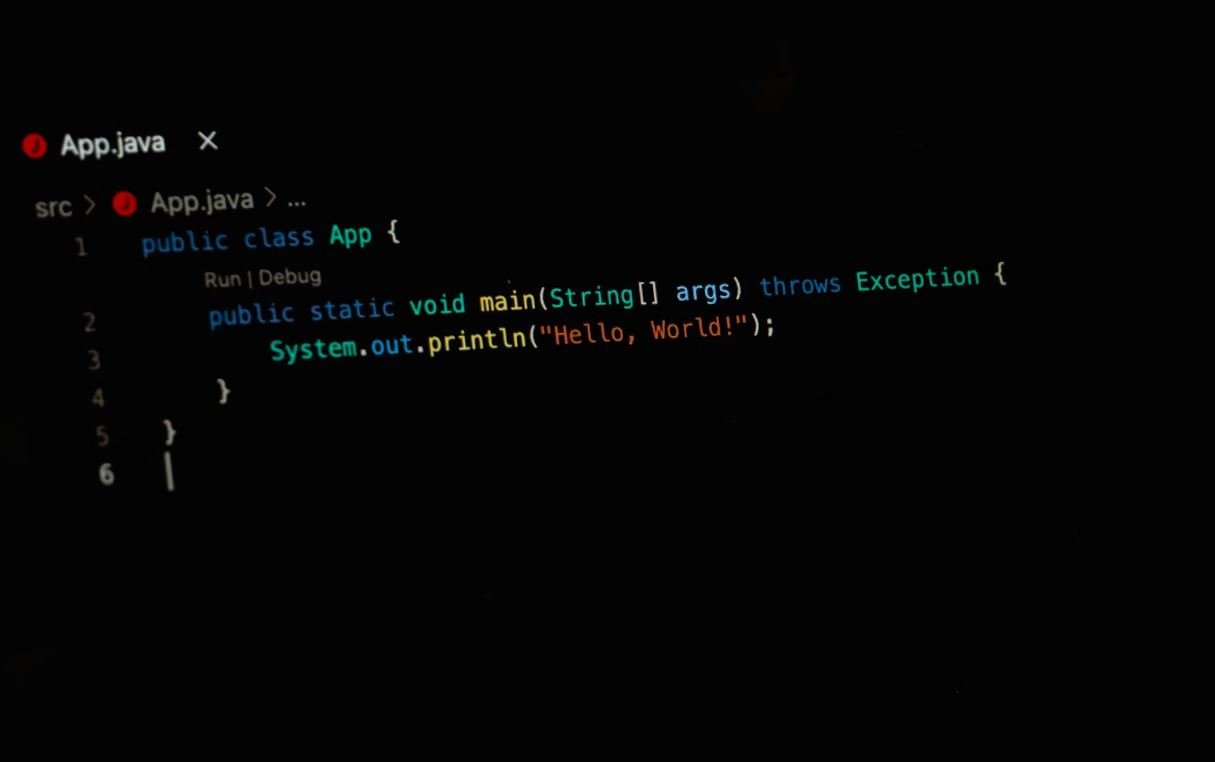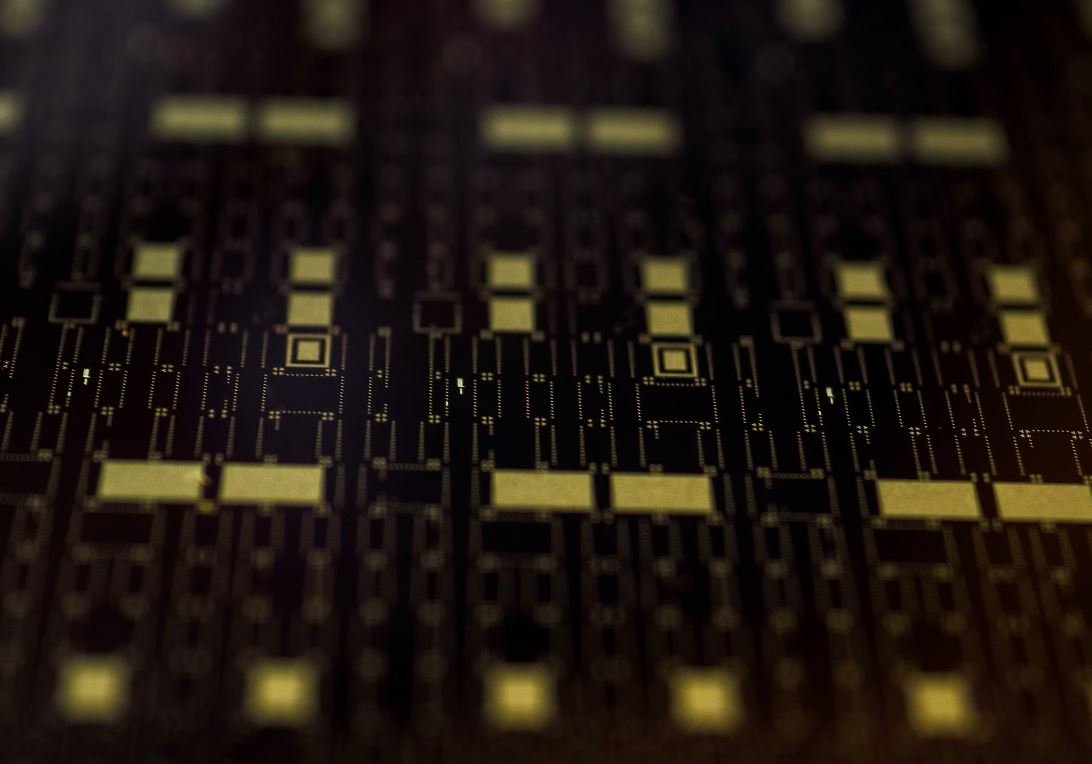What Music Was Popular in the 1920s?
The 1920s, also known as the “Roaring Twenties” or the “Jazz Age,” was a decade of cultural transformation. It was an era of economic prosperity, social change, and new forms of entertainment. Music played a central role during this time, with several genres and artists becoming popular. Let’s explore the music that defined the 1920s.
Key Takeaways:
- Jazz, blues, and ragtime were the most popular genres of music in the 1920s.
- The Charleston and the Black Bottom were popular dance styles of the era.
- The introduction of phonographs and the radio helped spread music to a wider audience.
Jazz emerged as one of the most influential and exciting music genres of the 1920s. Originating in African American communities in the Southern parts of the United States, jazz quickly spread across the country and gained popularity among people from all walks of life. It was characterized by lively rhythms, improvisation, and syncopation. *Louis Armstrong, a renowned jazz trumpeter, became one of the most influential musicians of this era.*
Blues, a genre rooted in African American traditions, also saw a surge in popularity during the 1920s. It expressed deep emotions, often highlighting the struggles and challenges faced by African Americans. Artists like Bessie Smith and Ma Rainey were prominent figures in the blues scene, using their powerful voices to captivate audiences. *One interesting fact is that blues music heavily influenced the development of rock and roll in the later years.*
| Musician | Remarkable Contribution |
|---|---|
| Louis Armstrong | Pioneered jazz trumpet playing style and scat singing |
| Duke Ellington | Renowned bandleader, composer, and pianist |
| Bessie Smith | Empress of the Blues, influential female vocalist |
Ragtime, an upbeat and syncopated music style, also gained popularity during the 1920s. Developed in African American communities in the late 19th century, ragtime was characterized by its distinctive piano melodies and lively rhythms. It served as a precursor to jazz and strongly influenced the emerging genres of the time. *Scott Joplin, a ragtime composer, is best known for his composition “The Entertainer,” which became widely recognized.*
- Dances like the Charleston and the Black Bottom became popular due to their energetic and exuberant movements.
- The introduction of phonographs allowed people to listen to music and enjoy performances in their own homes.
- The widespread use of the radio brought music to households across the nation, making it easily accessible to a larger audience.
| Dance Style | Description |
|---|---|
| Charleston | Energetic dance characterized by swinging arms and fast footwork |
| Black Bottom | African American originated dance featuring hip-swaying and shuffling steps |
Overall, the 1920s was a decade of vibrant and transformative music. Jazz, blues, and ragtime defined the era, captivating audiences with their unique styles and rhythms. The introduction of phonographs and the radio allowed these genres to reach a wider audience, contributing to their immense popularity. The music of the 1920s truly reflected the spirit of the times and left a lasting impact on the world of music.
As Louis Armstrong once said, “What we play is life.”

Common Misconceptions
Paragraph 1: Jazz Dominated the Music Scene
It is commonly believed that jazz was the only popular music genre in the 1920s, but that is not entirely true. While jazz undoubtedly had a significant impact on the music scene during this period, it was not the only genre that gained popularity.
- Certain classical compositions gained popularity.
- Country and blues music also experienced increased recognition.
- Dance bands and orchestras played a wide range of music genres.
Paragraph 2: The Roaring Twenties Were All About the Charleston
Another common misconception is that the only dance associated with the 1920s is the Charleston. While the Charleston did reach its peak popularity during this decade, it was not the only dance craze during the Roaring Twenties.
- Other popular dances included the foxtrot, tango, and the black bottom.
- Dance styles varied across different regions and communities.
- Dance marathons and competitions were popular events during this time.
Paragraph 3: Traditional Music Was No Longer Appreciated
Contrary to popular belief, traditional and folk music did not fade away during the 1920s. While they may not have enjoyed the same level of mainstream popularity as jazz or dance music, traditional music continued to be appreciated and performed in various settings.
- Folk music gained a renewed interest during the folk revival of the 1920s.
- Many traditional songs and tunes were recorded and preserved during this time.
- Traditional music played an important role in shaping the development of various musical genres.
Paragraph 4: Music Was Only Performed by Professionals
One myth surrounding the music of the 1920s is that only professional musicians and bands were performing. However, this era witnessed a rise in amateur musicians and a growing interest in music as a hobby.
- Many individuals learned to play instruments and formed their own bands.
- Sheet music sales increased as people sought to play songs at home.
- Community and school music programs became more common.
Paragraph 5: Music Styles Were Homogenous Across the United States
It is often assumed that the 1920s music styles were uniform throughout the United States. However, different regions and communities had their own distinct musical traditions and preferences. This led to a diverse and eclectic music scene across the country.
- Regional styles, such as jazz in New Orleans and country in the southern states, flourished.
- Music preferences varied based on racial and cultural backgrounds.
- Radio broadcasting helped disseminate music from different regions, leading to increased exposure to diverse styles.

Popular Music Genres in the 1920s
The 1920s was a significant decade for the music industry as it witnessed the birth and widespread popularity of various music genres. This table showcases some of the most emblematic and influential genres of the time.
| Genre | Key Characteristics | Notable Artists |
|---|---|---|
| Ragtime | Syncopated rhythm, complex melodies | Scott Joplin, Eubie Blake |
| Jazz | Improvisation, swing rhythm | Louis Armstrong, Duke Ellington |
| Blues | Expressive vocals, soulful instrumentation | Bessie Smith, Robert Johnson |
| Tin Pan Alley | Catchy melodies, sentimental lyrics | Irving Berlin, Cole Porter |
| Country | Acoustic instruments, heartfelt storytelling | Jimmie Rodgers, The Carter Family |
Top-selling Albums of the 1920s
During the Roaring Twenties, the music industry experienced a surge in popularity and record sales. Here are the five highest-selling albums of the 1920s, cementing their place in musical history.
| Album | Artist | Year Released | Copies Sold |
|---|---|---|---|
| Whispering | Paul Whiteman | 1920 | 2 million |
| The Sheik of Araby | Ted Lewis | 1922 | 1.5 million |
| Okeh Laughing Record | Various Artists | 1922 | 1.2 million |
| My Mammy | Al Jolson | 1927 | 1 million |
| The Charleston | Various Artists | 1925 | 900,000 |
Iconic Instrumentalists of the 1920s
Instrumentalists played a vital role in shaping the music of the 1920s. This table highlights some of the most influential instrumentalists who left an indelible mark on the musical landscape of the era.
| Instrumentalist | Primary Instrument | Notable Contributions |
|---|---|---|
| Bix Beiderbecke | Cornet | Trailblazer of jazz improvisation |
| Joe Venuti | Violin | Pioneered jazz violin techniques |
| Django Reinhardt | Guitar | Revolutionized jazz guitar playing |
| Art Tatum | Piano | Known for his lightning-fast improvisation |
| Benny Goodman | Clarinet | Popularized swing music with his orchestra |
The Impact of Radio on Music in the 1920s
The advent of radio broadcasting greatly influenced the music industry during the 1920s. This table captures some noteworthy changes that occurred as a result of this revolutionary medium.
| Aspect | Impact |
|---|---|
| Increased Accessibility | Music became more accessible to a wider audience |
| Democratization of Music | Allowed people from various socio-economic backgrounds to enjoy music |
| Popularization of Jazz | Jazz music gained immense popularity due to radio airplay |
| Exposure to Different Styles | Listeners were exposed to a broader range of musical genres |
| Emergence of Celebrity Musicians | Radio helped create numerous music stars and boosted their fame |
Famous Female Musicians in the 1920s
The 1920s provided a platform for many talented female musicians to shine. This table highlights some of the remarkable women who broke barriers and left an indelible mark on the music of the decade.
| Musician | Instrument/Vocals | Notable Achievements |
|---|---|---|
| Bessie Smith | Vocals | Empress of the Blues |
| Ma Rainey | Vocals | Mother of the Blues |
| Lovie Austin | Piano | Leader of the first all-female jazz band |
| Ida Cox | Vocals | Renowned blues singer and songwriter |
| Lillian Hardin Armstrong | Piano | Prominent jazz pianist and composer |
Notable Songs that Showcased the Spirit of the 1920s
Music played a vital role in encapsulating the spirit of the 1920s. This table presents some catchy and nostalgic songs that captured the essence of the era.
| Song | Artist | Year Released |
|---|---|---|
| The Charleston | Various Artists | 1923 |
| Ain’t Misbehavin’ | Fats Waller | 1929 |
| Blue Skies | Irving Berlin | 1926 |
| Black Bottom Stomp | Jelly Roll Morton | 1926 |
| St. Louis Blues | Bessie Smith | 1925 |
Impact of Prohibition on the Music Industry
The prohibition era in the 1920s led to significant changes in the music industry. This table examines the impact this period had on the music scene of the time.
| Aspect | Effects |
|---|---|
| Rise of Speakeasies | Illegal drinking establishments became hubs for live music |
| Increased Demand for Dance Music | Music that could be danced to gained popularity in speakeasies |
| Prohibition-Era Songs | Songs reflecting the atmosphere of the time were composed and performed |
| Altered Recording Practices | Recordings often required covert locations due to their association with alcohol |
| Underground Music Culture | Music scenes catered to those who sought to rebel against prohibition |
Transition from Acoustic to Electric Instruments
The 1920s witnessed a profound shift in instrument technology that revolutionized the sound of popular music. This table explores the transition from acoustic to electric instruments during this transformative decade.
| Instrument | Transition |
|---|---|
| Guitar | Introduction of electric amplification for louder performances |
| Piano | Electric pianos gained popularity due to improved sound quality |
| Violin | Electric violins allowed for greater tonal experimentation |
| Drums | Invention of electric drum machines for rhythmic accompaniment |
| Trumpet | Electric pickups added a unique tone to amplified trumpet playing |
International Influence on 1920s Music
The music of the 1920s was not restricted to one country; it drew inspiration from various cultures around the world. This table showcases some international influences that shaped the music of the era.
| Influence | Country of Origin | Notable Examples |
|---|---|---|
| Latin American Rhythms | Cuba | Rumba, Mambo |
| European Classical Music | Various European countries | Fusion of jazz with classical elements |
| French Cabaret | France | Influence on Tin Pan Alley |
| Caribbean Calypso | Trinidad and Tobago | Introduced calypso rhythms to American music |
| Eastern European Folk | Various Eastern European countries | Influence on klezmer and gypsy jazz |
In the 1920s, a myriad of music genres emerged, with jazz, blues, and ragtime taking center stage. This thrilling period witnessed the rise of innovative instrumentalists and female musicians who broke societal barriers. The advent of radio brought previously unheard music to the masses, while prohibition gave birth to underground music cultures. Transitioning from acoustic to electric instruments, and drawing influences from various corners of the world, music in the 1920s captivated listeners and paved the way for further musical evolution. The impact of this vibrant era still resonates in the music we enjoy today.
Frequently Asked Questions
What type of music was popular during the 1920s?
During the 1920s, popular music genres included jazz, blues, ragtime, and dance music like the Charleston and foxtrot.
Who were some of the famous artists in the 1920s?
Notable musicians and bands from the 1920s include Louis Armstrong, Bessie Smith, Duke Ellington, Jelly Roll Morton, and the Original Dixieland Jazz Band.
What was the impact of technology on music during the 1920s?
The 1920s saw the rise of radio broadcasts and phonograph records, which allowed music to reach a wider audience. This technology greatly influenced the spread and popularity of music in the era.
How did the Great War (World War I) influence music in the 1920s?
The trauma and social changes caused by World War I influenced the music of the 1920s. It led to the creation of songs that reflected the experiences and emotions of those affected by the war.
What role did African American musicians play in the popular music of the 1920s?
African American musicians played a crucial role in shaping and popularizing music in the 1920s. They contributed significantly to the development of jazz and blues, which became major musical movements of the era.
Were there any notable dance crazes in the 1920s?
Yes, several dance crazes emerged during the 1920s, including the Charleston, the Black Bottom, the Shimmy, and the Lindy Hop. These dances were often accompanied by lively and energetic music.
What were some popular songs of the 1920s?
Popular songs of the 1920s included “Ain’t Misbehavin'” by Fats Waller, “St. Louis Blues” by Bessie Smith, “Mack the Knife” by Louis Armstrong, and “Sweet Georgia Brown” by Ben Bernie.
How did the Prohibition era affect the music scene in the 1920s?
The Prohibition era, which banned the sale and consumption of alcohol, led to the rise of speakeasies and illegal nightclubs. These establishments became venues for live music performances, boosting the music scene of the 1920s.
Did music from the 1920s influence future generations?
Absolutely! The music of the 1920s, particularly jazz and blues, had a profound impact on future generations of musicians. It laid the foundation for many music styles that followed, including swing, rock and roll, and modern pop.
What were some significant advancements in music technology during the 1920s?
The 1920s saw the introduction of electric recording and amplification, which improved the sound quality and volume of recorded music. This technology revolutionized the music industry and paved the way for the development of modern audio technology.




